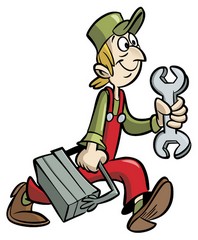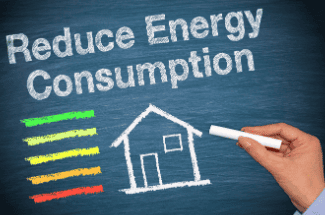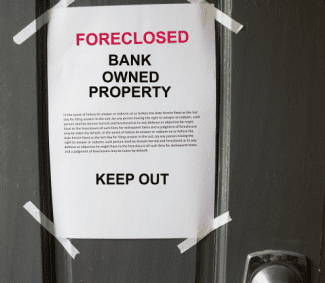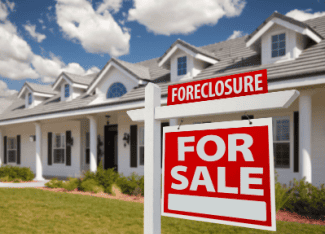Winterizing Your Chimney
by Paul Bianchina
As winter approaches, one of the things to look forward to is the cozy heat and intimate glow that can come only from a wood fire.
 can create some definite safety hazards if you don’t keep up with regular fireplace and wood-stove maintenance.
can create some definite safety hazards if you don’t keep up with regular fireplace and wood-stove maintenance.
The real culprits are soot and creosote. Creosote is a thick, oily material that results from the distillation of wood smoke, which then solidifies as it cools. Soot is basically particles of partially burnt material, which builds up in masonry chimneys and metal flue pipes alike, as well as in the flue cap.
The build-up of soot and solidified creosote will eventually clog the interior of the flue or chimney, creating a very serious fire hazard. If the temperature in the flue reaches a high enough level, the creosote will ignite, causing a flue or chimney fire. The fire can break through any weakened masonry or loose flue pipe joints, and from there enter the house or the attic. Sparks and flames can also easily get outside of the flue cap, where they can ignite wood roofing materials as well as dry leaves or needles on the roof or on the ground around the house.
The solution is regular chimney cleaning. You can do this yourself by simply removing the flue cap and cleaning the interior of the flue or the chimney with a wire or nylon brush made for this purpose. The loose soot is quickly knocked down into the fireplace, and the stiff bristles of the brush will remove the creosote buildup.
In addition to the cleaning, you want to do a thorough inspection of your fireplace or woodstove, as well as all its components. Check that the flue cap is solidly in place, and that the spark arrestor screen is in place and undamaged. Check the masonry and grout for cracks or other damage. Examine the joints between the flue pipe sections to see if any are loose or are showing evidence of smoke leakage. Check all the flashings between the chimney or flue and the roofing. Also, go ahead and remove any buildups of leaves or needles off the roof, and trim back any dangerous overhanging branches.
If you have airtight doors on your fireplace or woodstove, be sure to examine those as well. Check the condition of any glass and gaskets, and replace anything that is damaged or shows signs of leakage.
If you’re not partial to being up on the roof, you might consider hiring a professional chimney cleaner, known as a chimney sweep. Chimney sweeps are licensed contractors who not only clean your chimney, they are also knowledgeable about checking the entire system and making any necessary repairs.
Check with local fireplace shops for recommendations of a qualified chimney sweep, and also verify his or her contractor’s license and insurance with your state contractor’s board.
To minimize creosote buildup between cleanings, you need to burn dry wood and a hot fire. When you burn wet wood, part of the heat energy from the fire goes toward evaporating moisture contained in the log. You get a cooler fire, less heat in the room, and an increase in unburned particulates.
It’s also time to get out of the habit of trying to damp the fire way down to make it last all night. Slow burning fires that are partially deprived of oxygen produce considerably more smoke that is both cooler and contains more soot — a bad combination for any flue, since the soot buildup occurs much faster and the cooler temperatures allow the creosote a much greater chance to solidify inside the pipe rather than burn off. The heavy increase in smoke is also extremely bad for air-quality levels, which is prompting some communities to allow wood burning only on certain days, or to eliminate it altogether.
Plan on doing a complete examination of your fireplace or wood stove once a year, before the start of the burning season. Cleaning is dependent on how hot your fires are and how much soot and creosote buildup there is; if you burn a hot fire, cleaning every other year is usually sufficient.
Remodeling and repair questions? E-mail Paul at [email protected].
Copyright 2009 Inman News
Find out more at www.joinaaoa.org.
To subscribe to our blog, click here.















 Accessibility
Accessibility